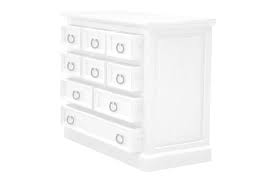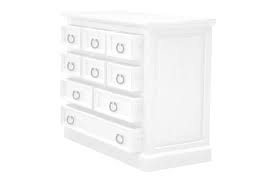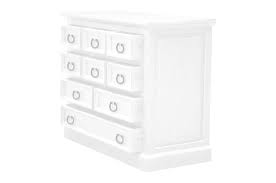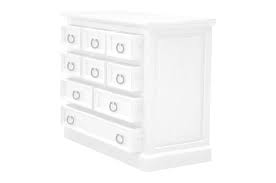Typically found around door frames, window frames, and baseboards. In fact, formosan colonies, a subspecies, use mud to create tunnels that lead from their nests to food sources.

The WhoWhatWhenWhereWhy of Termite Mounds and Nests
Subterranean termites also enter homes through cracks in the foundation and cracks in brick mortar.

Where do termites come from in the house. Mud tubes act as a highway of sorts for termites to travel throughout your home. You may believe that termites come from old rotted wood, but this is simply what they dine on when they are hungry. Clogged gutters near your house’ foundation can also be a source for termites to enter through the pipes.
This is often referred to as nuptial flight and is. Different combinations of these factors attract different species. They especially prefer old tree stumps and fallen branches.
Three major types of termite species invade different parts of america, including dampwood, drywood, and subterranean termites, and all species originate and thrive in various habitats. Termites will drop their wings once a new colony is established. Homeowners might unknowingly bring termites inside in firewood or untreated lumber.
The termites may fly several times over the space of a few weeks. Reducing the amount of wood/cellulose related materials will decrease the possibility of termites in your property. Drywood termites live inside your home’s walls and maybe even in your flooring (if you have wood floors).
Because termites sometimes through these holes, it will be much easier to know you have termites in the ceiling. Termites swarm to breed and start new colonies and are the beginning of the termite life cycle. And unfortunately, this pest deems any home to be a sustainable nesting site for their.
During this period the sexually developed male and female winged termites leave their nests and take flight. Termites usually consume wood from the inside out, leaving a thin veneer of timber or just the paint. Cellulose is an organic compound that is found in plants’ biology.
The chances of drywood termites returning after tent fumigation are very small. From a meteorological perspective, you will often see flying termites after rain when the air is still and calm. During this swarming ritual, two termites will come together allowing a male to fertilize a female.
Termite waste looks like sawdust or coffee grounds. Can you hear termites on the roof? These environments help these pests get the food and shelter they need to survive.
Get a competent termite inspection. Where do termites come from? When do flying termites come out?
They then crawl to find a new home to create a new colony. In addition to wood inside the home, termites are drawn inside by moisture, wood in contact with house foundations, and cracks in building exteriors. The whole structure treatment is extremely effective if administered correctly.
Papery or hollow sounding timber. When the female is fertilized, the termites land and shed their wings. It might happen, however, that drywood termites come back if there’s a nest outside the house.
Subterranean termites also require damp soil to support their colonies. Sometimes, they even use the holes in concrete blocks to travel through foundation walls. The termites look for a home that is warm, moist and undisturbed.
Subterranean termites are commonly found in yards and houses where soil, moisture, and wood are plentiful. They break through drywall or wood, and even create holes through which they dispose of their feces and waste. Termites flying from within a house mean that there is a significant termite presence already having fun at your expense.
Receiving annual termite inspections will assist you in inspecting the termite situation in your bathroom, which will help you plan accordingly. Swarmers are strongly attracted to light and at times will be attracted to porch lights left on at night. Do termites make holes in the ceiling?
Subterranean termites come from the ground where they live in build massive colonies and take care of the queen termites. Should swarmers get inside, they create a small chamber in damp wood, mate and begin a new colony. However, some termites prefer damp, soft wood, or live in the ground near your home’s foundation.
Cellulose is found in wood, and wood is the common food of termites. If you had to choose the kind of termite you’d have (but i mean, who really wants termites?), you’d choose drywood because, again, they are slow. When you knock or tap on an area that has termite damage, it will sound hollow or papery.
Termites are attracted to any food source that contains cellulose, primarily wood. Dampwood termites are often introduced into a house via infested lumber and at times in mulch. Mud tubes along foundation walls.
It takes years for them to damage your home so much that it. Save your sample termites from the kids (or spouse) so that you can get them identified. This is because part or all of the timber inside has been eaten away.

What Do Termites Look Like to The Human Eye See Pictures

3 Termite Repellent Plants And Where To Put Them Termite

PECKING ORDER Termites, Wood termites, Termite infestation

Termites in Termite tube PestControl PestControlTucson

Markedly Elevated Termite Mound Surrounded by Vegetation

All About Termites Facts, Signs, Droppings, And

Termite tracks on a tree in Temple, Texas Termite

Flying Ants vs. Termites Termite control, Ants, Termite

Eliminate and Control Termites at Home Following These

Can you spot the exit holes that were patched by the Dry

Amazing facts about a termite mound Termite control

4 Termite Signs To Look For In Your Home Termites, Wood

How Can I Send Termites Away From My House

Pin by Prime Termite on Subterranean termite damage

Citrus Oil Termite Control Termite control, Termites

When Do Termites Swarm? The 4 Things You Need To Know

Termite Mound cutaway 20190612 Termites, Termite





